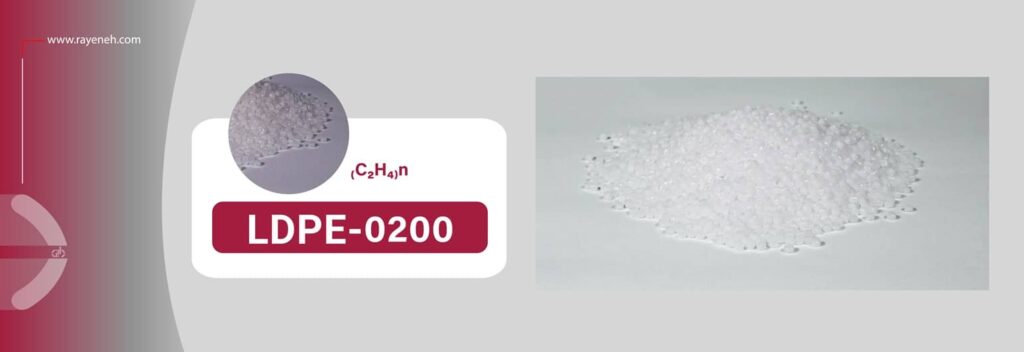
Polyethylene (PE) is a thermoplastic polymer made from the polymerization of ethylene. Polyethylene is a member of the important family of polyolefin resins. It is the most widely used plastic in the world, being made into products ranging from clear food wrap and shopping bags to detergent bottles and automobile fuel tanks.
It can also be slit or spun into synthetic fibers or modified to take on the elastic properties of a rubber. Ethylene (C2H4) is a gaseous hydrocarbon commonly produced by the cracking of ethane, which in turn is a major constituent of natural gas or can be distilled from petroleum.
Ethylene molecules are essentially composed of two methylene units (CH2) linked together by a double bond between the carbon atoms—a structure represented by the formula CH2=CH2. Under the influence of polymerization catalysts, the double bond can be broken and the resultant extra single bond used to link to a carbon atom in another ethylene molecule. Branched versions are known as low-density polyethylene (LDPE) or linear low-density polyethylene (LLDPE); linear versions are known as high-density polyethylene (HDPE) and ultrahigh-molecular-weight polyethylene (UHMWPE).
As mentioned, polyethylene has different grades, which are given below the specifications of LDPE film grade
Characteristics
| Typical Properties | Unit | Value |
|---|---|---|
| MFI@190 °C, 2.16 kg | gr/10min | 2.1 – 1.8 |
| Density | gr/ml | 0.923 – 0.920 |
| Tensile STR.@ Yield | MPa | 21 – 18 |
| Tensile STR.@ Break | MPa | 36 – 54 |
| Elong.@ Break | % | 990 – 780 |
| Elmendorf Tear Strength | g/25 µm | 325 – 35 |
| Chemical Formula | (C2H4)n | – |
Application
- Packaging industry
- Automotive industry
- Production of household appliances
- Production of all kinds of electrical and telecommunication cables
- All types of pipes and fittings for water and sewage networks, oil and chemicals
- Storage tanks
Packing
25 kg bags
